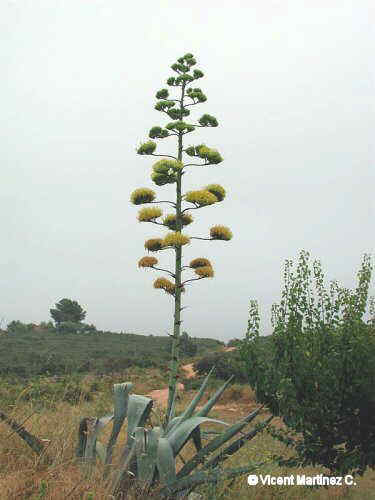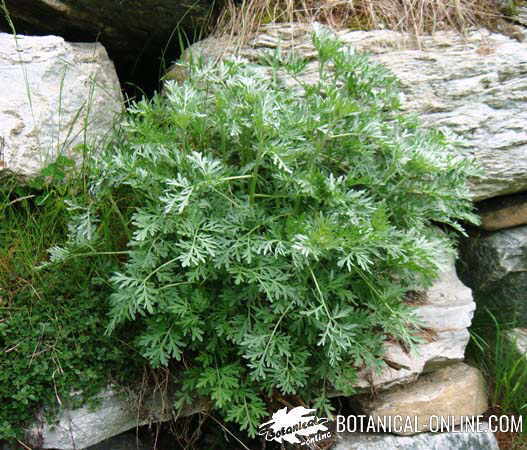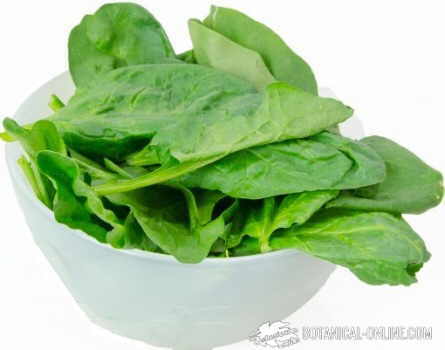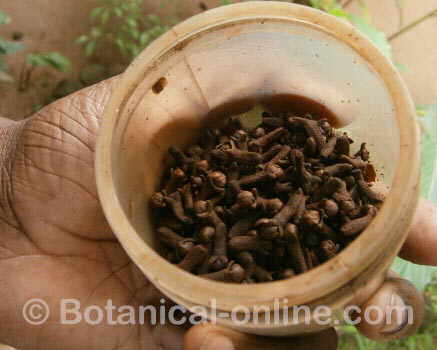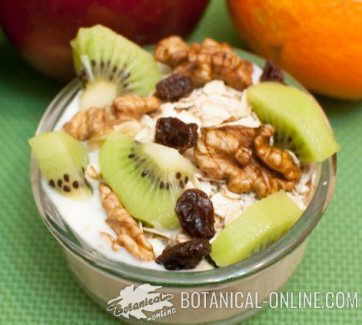Contents
Composition, uses and benefits of nectarines
What are nectarines?
Nectarine is the fruit of a class of peach (Prunus persica var. nectarina).
It has a shape similar to the peach, but with a non-velvety smooth skin.
The color of the skin varies from almost white with reddish tones to almost totally red.
If we peel the nectarine, its pulp is cream colored or slightly yellow and it has smooth texture.
In the center of the fruit you can see the seed, in the form of a very large round bone
What do nectarines contain? Composition of nectarines
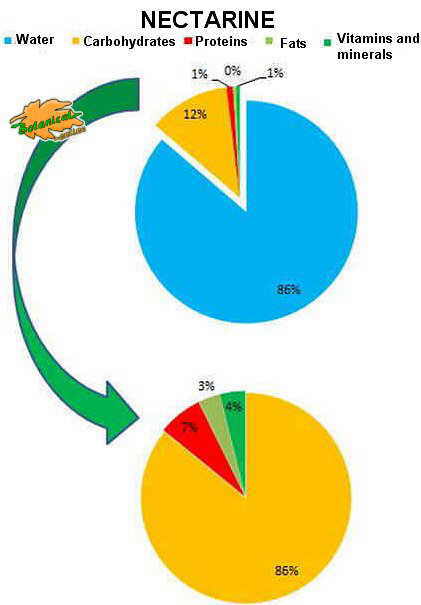 Main components of nectarines
Main components of nectarinesAs an energy source, 100 grams of nectarine gives us 49 kilocalories.
Its proportion of nutrients is divided into:
- More than 86% is water.
- 0.46% fat.
- Near to 1% of proteins.
- About 12% of carbohydrates.
- 1.6% fiber.
Minerals of nectarine
Nectarine is a fruit very rich in potassium, but also contains less phosphorus, magnesium, calcium, iron, zinc, selenium, manganese and copper.
Vitamins of nectarine
Nectarine is a fruit very rich in vitamin A but also has less amount of other vitamins such as vitamin C, B vitamins and vitamin E.
Benefits of nectarines

Nectarines. Their skin is smooth

Peaches. They have a skin with a velvety texture
- It has a high water content that prevents dehydration.
- It gives us energy to have vitality during the day.
- It is a poor source of fat and protein.
- It has a high content of carbohydrates, specifically in sugars.
It has a low fiber content.
- It helps us eliminate toxins from our body, because of its potassium content.
- Calcium together with phosphorus, maintains the balance of the formation of strong bones.
- It helps us to maintain a correct brain function, due to its content in phosphorus and B vitamins.
- It protects the skin and helps to keep it healthy, due to its vitamin A content.
- Protects us from toxins and aging, by its content in vitamin A, C and E and selenium and zinc minerals.
![]() More information on nectarines and other fruits.
More information on nectarines and other fruits.

